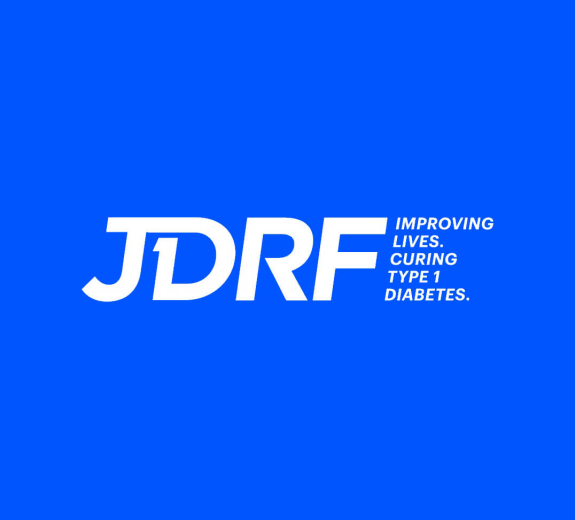

Scientists at Benaroya Research Institute at Virginia Mason (BRI) are studying a critical question in type 1 diabetes: Why do some people who get type 1 diabetes continue to produce small amounts of insulin over time while others stop? Researchers have found at the time of diagnosis with type 1 diabetes that many people continue to produce small amounts of insulin. Since even small amounts of natural insulin production can decrease the long-term effects of diabetes and improve short-term clinical management, scientists search for ways to keep these remaining cells producing insulin. The $1.4 million grant to understand why some people with type 1 diabetes maintain the ability to produce insulin was funded by JDRF, a leading organization funding type 1 diabetes research.
“Our goal is to understand the immune system factors that differ between people with type 1 diabetes who retain residual insulin secretion and those who lose residual insulin,” says Eddie James, PhD, BRI principal investigator for the grant. “We have a ‘dream team’ of BRI scientists who can compare the genetic and immunological factors that influence levels of insulin production in people with this disease.
“We then intend to utilize this knowledge to develop biomarkers to monitor the immune status of people with type 1 diabetes early in their disease process,” he explains. “Our future hope is that based on a person’s immunologic profile, we would be able to design a drug combination that would keep a person with type 1 diabetes producing their own insulin as long as possible.”
The BRI team led by Dr. James includes Karen Cerosaletti, PhD, Peter Linsley, PhD, Alice Long, PhD, and Jared Odegard, PhD. They are testing the hypothesis that the balance between destructive immune responses and the regulation of those responses by the body determines the maintenance or loss of residual insulin secretion in established type 1 diabetes.
“If we can determine this and then find out how to balance these two factors, we hope to help people with type 1 diabetes live with fewer complications and increased ability to manage their disease,” explains Dr. James. Research will include biorepository studies of samples voluntarily provided by BRI research participants and other nationwide participants.
Up to three million Americans have type 1 diabetes and the incidence is growing. In this disease, the body's immune system attacks and destroys the insulin-producing cells in the pancreas. People with this disease must inject themselves with insulin in order to stay alive. They must carefully monitor their blood sugar, and also balance their food intake and exercise. Long-term complications of type 1 diabetes include disabling or even life-threatening organ damage, including heart disease, kidney disease, blindness and nerve damage.
For nearly three decades, BRI has served as a worldwide leader in the forefront of research to prevent, treat and cure type 1 diabetes. BRI scientists have accounted for some of the substantial discoveries in the field, including the identification of diabetes susceptibility genes, descriptions of the properties of diabetes-associated immune cells and the development of laboratory and clinical tools to study disease progression and response to therapy.


